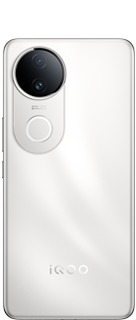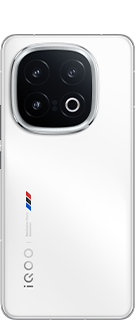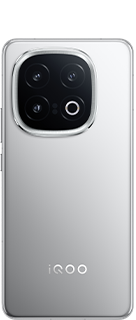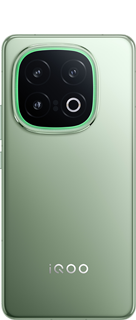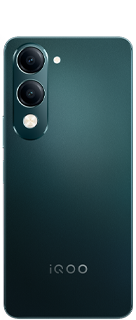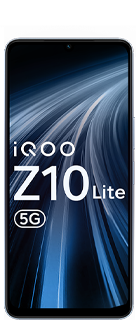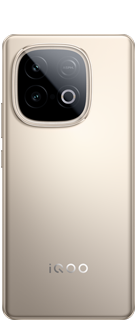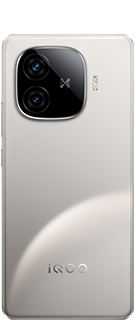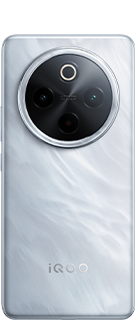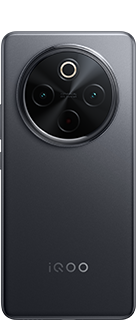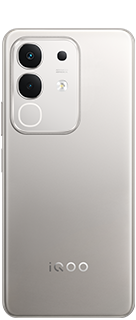Easy Signal Boosting Hacks for your iQOO or any other Android Phone
Use these tips to keep your cellphone's signal top-notch, no matter the time or place.
Struggling with a weak cellphone signal can be frustrating, especially when you're worried about missing important calls or staying connected in an emergency. But before you stress, know that there are often easy fixes that can quickly get you back online and connected.
To go from dropped calls to full bars, here's what you need to know.
To improve your cellphone service, try these steps first
The settings on your phone can help you get better cell service, but there are other tricks for improving your reception without even touching your phone's software.
- Move yourself so that there are no obstructions between your phone and any cell towers outside. That might involve stepping away from metal objects or concrete walls, which both kill reception. Instead, get to a window or go outside if possible.
- Remove your phone case. It doesn't hurt to remove whatever case you have on your phone, especially if it's thick, so that the phone's antenna isn't blocked by anything and can get a better signal.
- Make sure your phone is charged. Searching for and connecting to a stronger signal drains power, so if your phone battery is already low on charge, you may have a difficult time getting good service.
Always start by turning Airplane mode on and off
Turning your phone's connection off and then back on is the quickest and easiest way to try and fix your signal woes. If you're moving around from one location to another, toggling Airplane mode restarts the Wi-Fi, Bluetooth and cellular network modems, which forces them to find the best signal in the area.
Swipe down from the top of your screen -- to access the Quick Settings panel -- and then tap the Airplane mode icon. Wait for your phone to completely disconnect from its Wi-Fi and cellular connections. It doesn't happen instantly, so give it a good 15 seconds before you tap on the Airplane mode icon again.
If Airplane mode doesn't work, restart your phone
Our phones are miniature computers, and just like computers, sometimes you can fix issues like network connection by simply restarting them.
Hold down the power button, or the power button and the volume down key or swipe down from the top of your screen -- to access the Quick Settings panel -- and then tap on Power button, until the on-screen menu shows up, and then tap Restart. If your phone doesn't offer a restart option, you can simply tap Power Off to shut down your device, and then boot it back up with the power button.


Older phone? Take your SIM card out
Another troubleshooting step that might help is to remove your SIM card, if your phone has one, and then place it back in with the phone turned on. If the SIM card is dirty, clean it. If it has any physical defects, you may need to replace it.
You'll need a SIM card tool -- usually included in your phone's box -- or an unfolded paper clip or sewing needle to get the SIM tray out of your phone.
Remove the SIM card, check to see if it's damaged and positioned in the SIM tray correctly, then put it back in your phone.

Check your carrier settings (and update your software)
Mobile carriers frequently send out carrier settings updates to help improve connectivity for calls, data and messages on their network. Although this feature is available on all iPhone models, it's not universal on Android, so you might not find carrier settings if you don't have a supported phone.
As mentioned before, not all Android phones have carrier settings, so you'll have to open the Settings app and type in "carrier settings" to find any possible updates. On supported Pixels, go to Settings > Network & internet > Internet, tap the gear next to your carrier name and then tap Carrier settings versions.
Reset your phone's network settings
Sometimes all you need is a clean slate to fix an annoying connectivity issue. Refreshing your phone's network settings is one way to do that. But be forewarned, resetting your network settings will also reset any saved Wi-Fi passwords, VPN connections and custom APN settings for those on carriers that require additional setup.
In the Settings app, search for "reset" or more specifically "reset network settings" and tap on the setting. On the Pixel, the setting is called Reset Wi-Fi, mobile & Bluetooth. After you reset your network settings, remember to reconnect your phone to your home and work Wi-Fi networks.
Contact your phone carrier
Sometimes unexpected signal issues can be traced back to problems with your wireless carrier. A cell tower could be down, or the tower's fiber optic cable could have been cut, causing an outage.
For consistent problems connecting to or staying connected to a cellular or data network, it's possible your carrier's coverage doesn't extend well into your neighborhood.
Other times, a newfound signal issue can be due to a defect with your phone or a SIM card that's gone bad. Contacting your carrier to begin troubleshooting after you've tried these fixes is the next best step to resolving your spotty signal.
If all else fails, try a signal booster to improve cell reception
If after going through all of our troubleshooting steps, including talking to your carrier to go over your options, you're still struggling to keep a good signal -- try a booster. A signal booster receives the same cellular signal your carrier uses, then amplifies it just enough to provide coverage in a room or your entire house.
Quester
@NITIN@Tilak@Chandan_Cv18@RockyFTW@Sourav
Please sign in
Login and share

